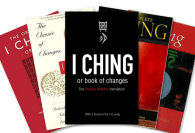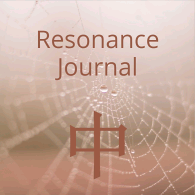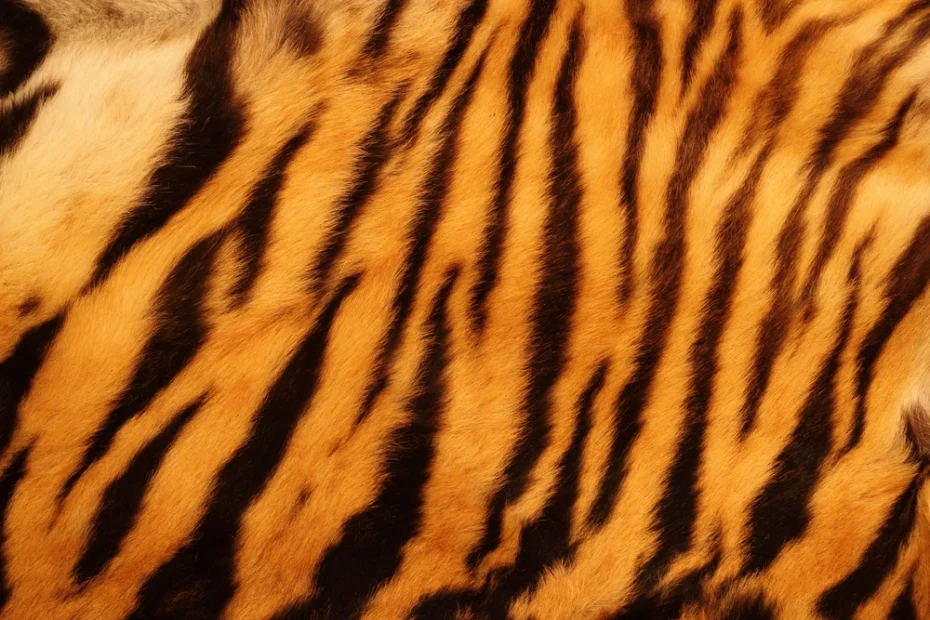Three tigers
Chinese tigers Tigers have been prowling through Chinese thought and folklore for many thousands of years. Their meaning is interesting: not just wildness and danger, though of course they might eat you, but also courage and protection against evil – from the wild boar that would eat your crops, and… Read more »Three tigers















